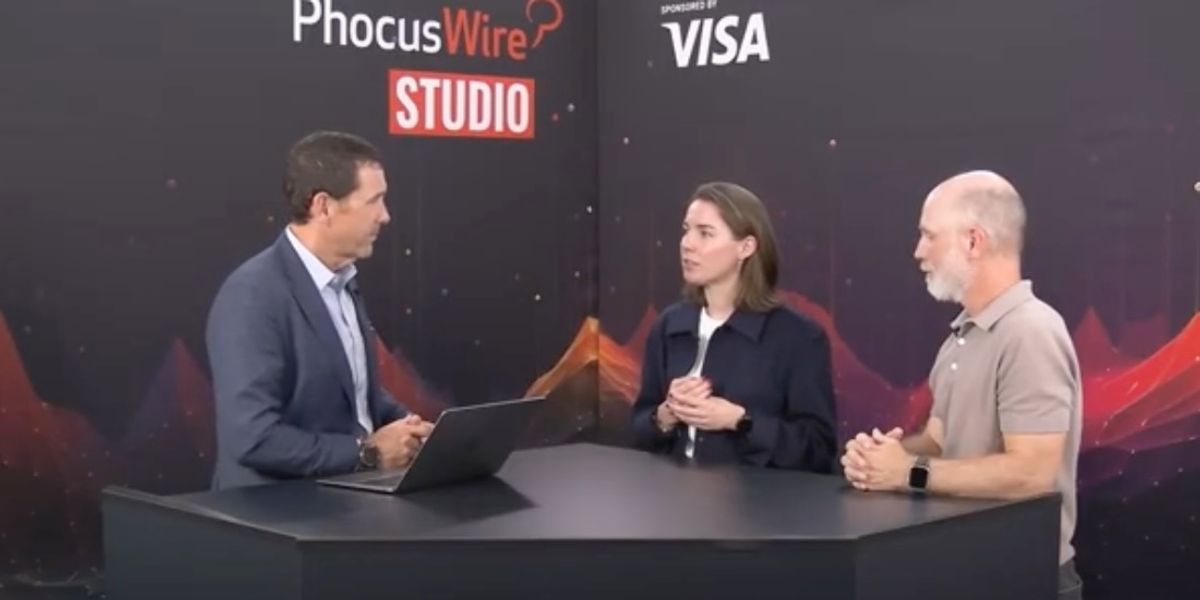Experts at The Phocuswright Conference last fall in Florida predicted 2024 would be a pivotal year for new distribution capability and airlines’ efforts to modernize distribution through direct connections with customers and travel agencies.
They weren’t wrong.
In April Delta became the last of the three major United States-based network airlines to hop aboard the NDC movement and announced that airline technology specialist Accelya would build its platform without including a global distribution system (GDS) surcharge or removing content from the GDSs, as other airlines had done.
But then in May, American Airlines announced the departure of chief commercial officer Vasu Raja, one of the primary architects of the airline’s shift away from the corporate indirect booking model via agencies to a direct-booking strategy — an approach some corporate buyers resisted.
By the time of last month’s Phocuswright Europe conference in Barcelona, the need for a balance between a more modern approach that would meet customers’ evolving expectations for online retailing while giving businesses the control they need to manage travel expenses was clear to Puck Voorneveld, senior director of distribution and payment transformation at Lufthansa Group, and Michael Harbin, president and CEO of travel tech provider Traverse Technologies.
Subscribe to our newsletter below
“From a Lufthansa Group perspective, we haven’t changed our strategy or road ahead,” Voorneveld said during an discussion with Harbin in the PhocusWire studios. “We are committed to NDC and modern airline retailing as such. … Of course, we cannot leave business travel behind.”
Harbin agreed. “You’ve got to meet the traveler, the customer, the corporation, where they are,” he said. “You can’t make them jump through hoops or over different bridges.”
In the end, he later added, an inflexible approach to distribution doesn’t serve all customers.
“I think we look at these things as an all-or-nothing — you must adopt NDC, all or nothing, or direct vs. indirect,” he said. “It should be EDIFACT and NDC because they need to interoperate for a time. It should be indirect and direct for a time. … If I want to use a booking tool today, an online website tomorrow or call up somebody else at the [travel management company], the flexibility should be there. We should have the tools from an airline perspective and a corporation perspective to do what you want for your traveler.”
The discussion also covered artificial intelligence, airlines’ approach to coping with an increase of disruptive weather events, among other topics. When asked about the best use cases of AI in the sector, both experts pointed to customer service.
“Especially in case of cancellations, in case of involuntary events, the customer really needs us to be there and also to have kind of a companion, a co-pilot if you will, to guide them through that process,” Voorneveld said.
“It’s really about sharing the load,” Harbin added. “Doing these things manually is difficult to have the human power to back it up. Now we have compute power, and having AI on top of that you can have the compute power to do things not just reactively but more proactively, as they predict events or see events that are happening or patterns that we might not see as an individual well, they can do that proactively and address those things before they become an issue.”
Near the end of the discussion, Voorneveld brought up airlines’ offer and order management approach, which enables them to distribute their products across multiple channels and reach a wider range of customers.
“It’s something we look at, how do we drive that topic forward and also looking at how do we find that bridging way between legacy technology and where we would be in the future, because we know taking the industry along with that — and that should really be a joint transformation, with different players working together — is still a long way ahead,” she said. “But I think we definitely will kick start it in the next couple of years.”
Harbin seized on her choice of language.
“I like the use of ‘bridging,’” he said, “because it’s about building bridges and on-ramps and off-ramps as opposed to, ‘You must take this exit and that’s the only option.’”
Watch the full discussion below.
Phocuswright Europe 2024 Executive Interview: Airline Distribution Outlook

